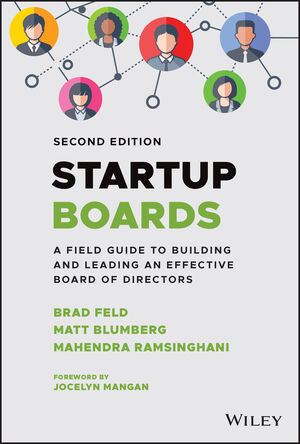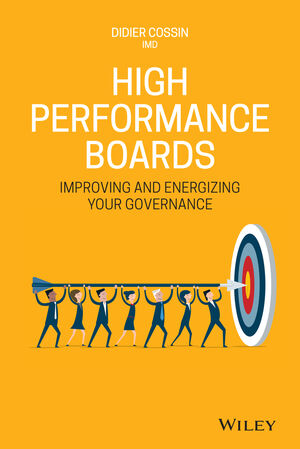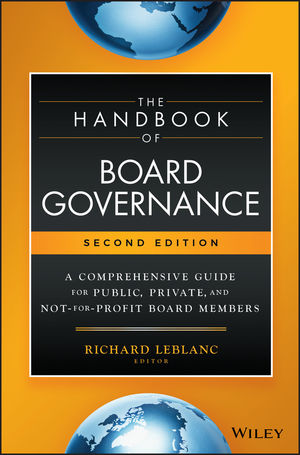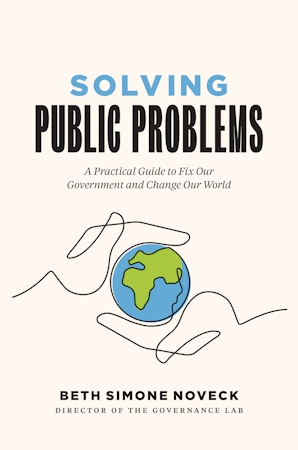Antitrust Policy in Health Care Markets
After reviewing all these issues included in the book, do you still think that true competition could work in health care?
In US, the evidence is that remedies doesn't cure the disease (collusion, monopoly, dominant position abuse).
Contents:
1. Health Care Markets and Competition Policy 1
1.1 The Marketplace of Health Care Spending 1
1.2 Competitive Concerns 3
1.3 Antitrust Policy 4
1.4 Plan of the Book 5
1.5 Concluding Remarks 12
2 Antitrust Policy in the United States 14
2.1 Introduction 14
2.2 The Economic Rationale for Antitrust Policy 14
2.3 Political Foundation of Antitrust Policy 19
2.4 Antitrust Treatment of Monopoly and Cartels 23
2.5 The Clayton Act 26
2.6 Private Antitrust Suits 27
2.7 Class Action Suits 31
2.8 Concluding Remarks 33
PART I MONOPOLY 35
3 Patents and Monopoly Pricing of Pharmaceuticals 37
3.1 Introduction 37
3.2 The Patent System 39
3.3 Patents and Monopoly Pricing 42
3.4 Patent Licensing 47
3.5 Antitrust Remedies 51
3.6 Government Policy Proposals toward Prescription
Drug Pricing 52
3.7 Extensions: Medical Devices and Orphan Drugs 64
3.8 Concluding Remarks 68
4 Patents and Exclusionary Product Hopping 74
4.1 Introduction 74
4.2 Exclusionary Product Hopping 75
4.3 Legal Challenges to Product Hopping 78
4.4 Solutions, If Any 88
4.5 Concluding Remarks 92
5 Bundled Discounts and PeaceHealth 95
5.1 Introduction 95
5.2 Bundled Discounts 96
5.3 Bundled Discounts in Health Care Settings 99
5.4 Anomalies of the Discount Attribution Test 105
5.5 Antitrust Treatment of Bundled Discounts 109
5.6 Concluding Remarks 112
PART II SELLER CARTELS 113
6 Collusion in Health Care Markets 117
6.1 Introduction 117
6.2 A Basic Cartel Model 117
6.3 Collusion among Physicians and Surgeons 121
6.4 Collusion among Hospitals 126
6.5 Collusion among Pharmaceutical Manufacturers 128
6.6 Collusion among Medical Device Manufacturers 131
6.7 Collusion among Health Insurers 132
6.8 Concluding Remarks 134
7 Collusion in Generic Drug Markets 136
7.1 Introduction 136
7.2 The Competitive Promise of Generic Pharmaceuticals 137
7.3 The Incentive to Collude 140
7.4 The Alleged Conspiracies 142
7.5 Economic Consequences of Collusion 150
7.6 Deterring Price Fixing 152
7.7 Concluding Remarks 154
Appendix: Alleged Participants in Generic Pharmaceutical
Drug Conspiracy 154
8 The Hatch-Waxman Act, Patent Infringement Suits,
and Reverse Payments 168
8.1 Introduction 168
8.2 The Hatch-Waxman Act 169
8.3 Reverse Payment Settlements 172
8.4 The Actavis Decision 177
8.5 The Post-Actavis Experience 186
8.6 Legislative Remedies 192
8.7 Private Damage Actions 197
8.8 Concluding Remarks 200
Appendix: The Economics of Settlements 200
9 The Alleged Insulin Conspiracy 204
9.1 Introduction 204
9.2 Insulin: A Brief History 205
9.3 The US Insulin Market 207
9.4 Pharmacy Benefit Managers 215
9.5 Collusion in the Insulin Market 220
9.6 Concluding Remarks 225
10 Licensing of Health Care Professionals 230
10.1 Introduction 230
10.2 Economic Concerns with Professional Licensing 232
10.3 North Carolina Dental and the State Action Doctrine 236
10.4 Licensing to Exclude Competition 242
10.5 Economic Effects of Mandated Supervision 245
10.6 The Empirical Evidence 249
10.7 Concluding Remarks 250
PART III MONOPSONY 255
11 Monopsony, Dominant Buyers, and Oligopsony 257
11.1 Introduction 257
11.2 Basic Model 258
11.3 Dominant Buyer Model 267
11.4 Oligopsony 270
11.5 Monopsony in Health Insurance Markets 273
11.6 Antitrust Treatment of Monopsony 275
11.7 Concluding Remarks 277
12 Countervailing Power: Physician
Collective Bargaining 279
12.1 Introduction 279
12.2 Bilateral Monopoly 280
12.3 Physician Cooperative Bargaining 286
12.4 Competitive Concerns 296
12.5 Concluding Remarks 298
13 Group Purchasing Organizations, Monopsony, and
Antitrust Policy 300
13.1 Introduction 300
13.2 What Do We Know about GPOs? 301
13.3 GPOs and the Exercise of Monopsony Power 302
13.4 Foreclosure of Suppliers 307
13.5 GPO Funding Mechanisms 312
13.6 Antitrust Enforcement Policy 315
13.7 Concluding Remarks 319
PART IV BUYER CARTELS 323
14 Collusion in the Nurse Labor Market 325
14.1 Introduction 325
14.2 The Shortage of Nurses 326
14.3 A Simple Analysis of an Employer Cartel 329
14.4 Recent Antitrust Litigation 333
14.5 Antitrust Damages 336
14.6 Antitrust Policy 341
14.7 Concluding Remarks 343
15 Collusion in the Oocyte Market 345
15.1 Introduction 345
15.2 Collusion in the Oocyte Market 346
15.3 Antitrust Standards 348
15.4 Economic Effects of Price Ceilings 351
15.5 Rule of Reason Analysis 352
15.6 Antitrust Injury and Damages 357
15.7 Disposition of Kamakahi 362
15.8 Concluding Remarks 365
16 No-Poaching Agreements and Antitrust Policy 368
16.1 Introduction 368
16.2 Background 370
16.3 No-Poaching Agreements in Health Care:
Seaman v. Duke University 373
16.4 Damage Theory 375
16.5 Government Regulation 381
16.6 Concluding Remarks 383
PART V MERGERS AND ACQUISITIONS 385
17 The Economics of Horizontal Mergers 389
17.1 Introduction 389
17.2 Mergers to Monopoly 390
17.3 Mergers of Producers to Realize Efficiencies 393
17.4 Mergers of Buyers to Realize Efficiencies 397
17.5 Merger Efficiencies Resulting in Increased Quality 401
17.6 Concluding Remarks 404
18 Horizontal Merger Policy 405
18.1 Introduction 405
18.2 Horizontal Merger Policy 406
18.3 Defining the Relevant Antitrust Market 410
18.4 Economic Evidence of Competitive Effects 412
18.5 Mergers and Their Anticompetitive Effects: Sutter
Health 415
18.6 Agency Analysis of Mergers in Health Care Markets 419
18.7 Concluding Remarks 431
19 The Economic Theory of Vertical Integration 434
19.1 Introduction 434
19.2 Vertical Integration 435
19.3 Vertical Integration and Competitive Distribution 439
19.4 Successive Monopolies in Production and Distribution 444
19.5 Competitive Concerns with Vertical Mergers 448
19.6 Empirical Evidence on Vertical Mergers 450
19.7 Mergers of Complementary Input Suppliers 451
19.8 Concluding Remarks 455
20 Vertical Merger Policy 457
20.1 Introduction 457
20.2 Legal Foundation 458
20.3 The 2020 Vertical Merger Guidelines 461
20.4 A Merger in Biotechnology: Illumina/GRAIL 465
20.5 The Merger of a Health Insurer and a Physician Group:
UnitedHealthcare/DaVita 469
20.6 The Merger of a Hospital System and a Physician Group:
St. Luke’s/Saltzer 472
20.7 Concluding Remarks 476
21 Concluding Remarks














